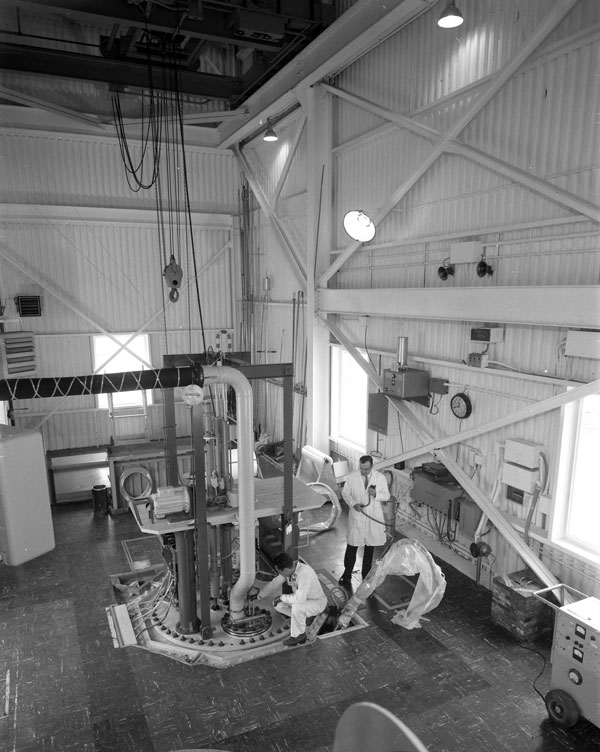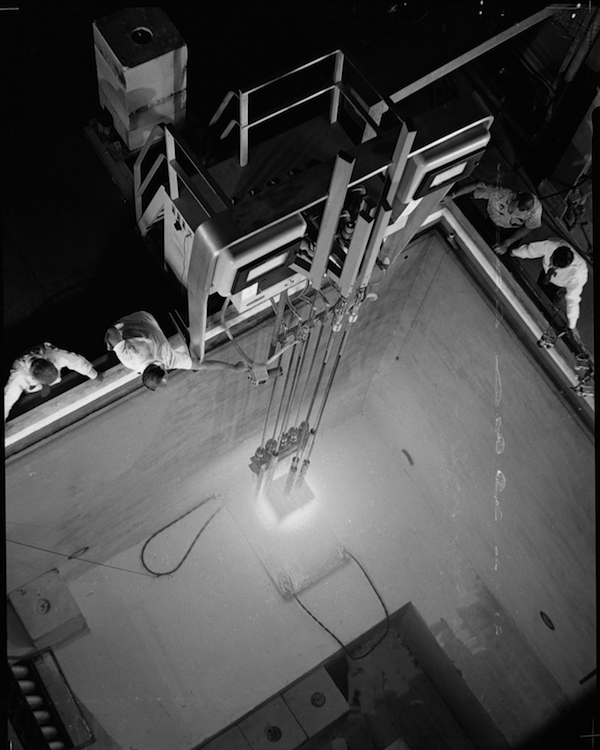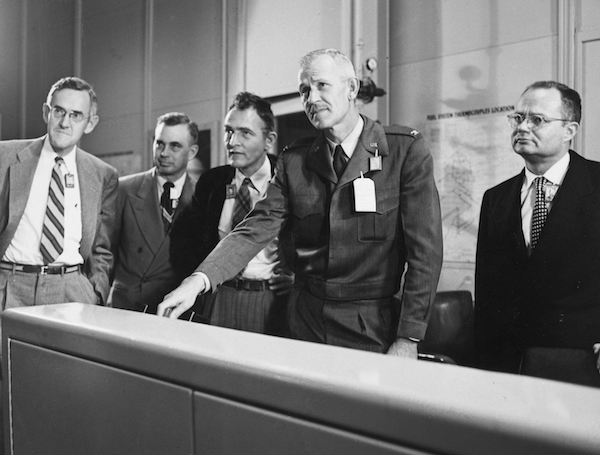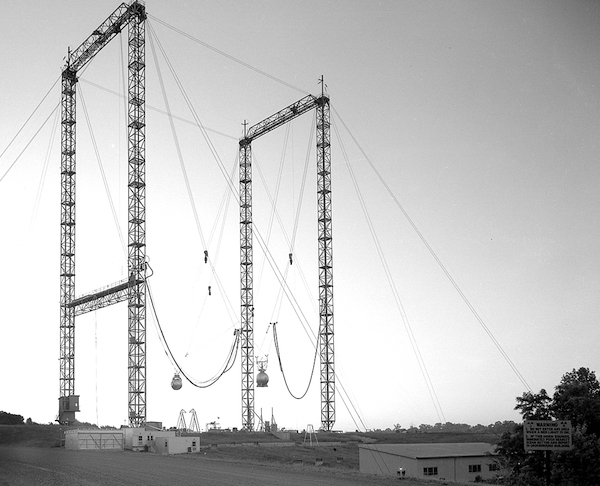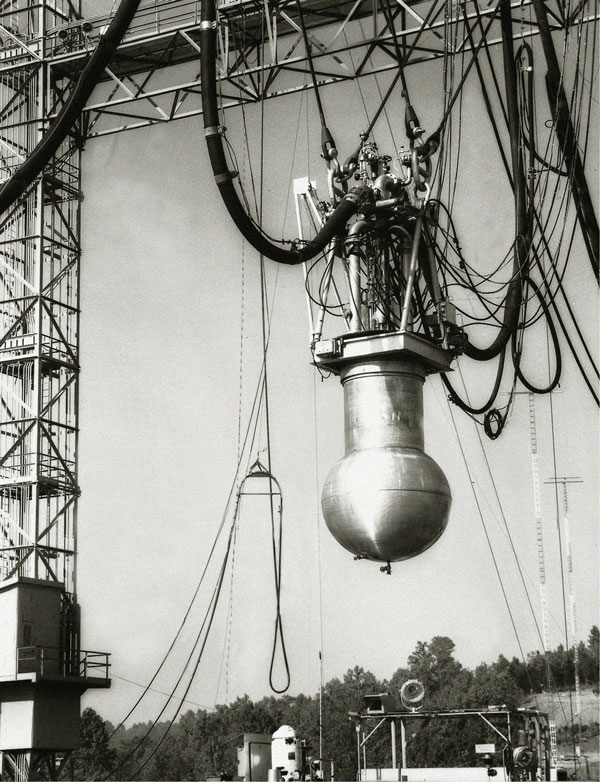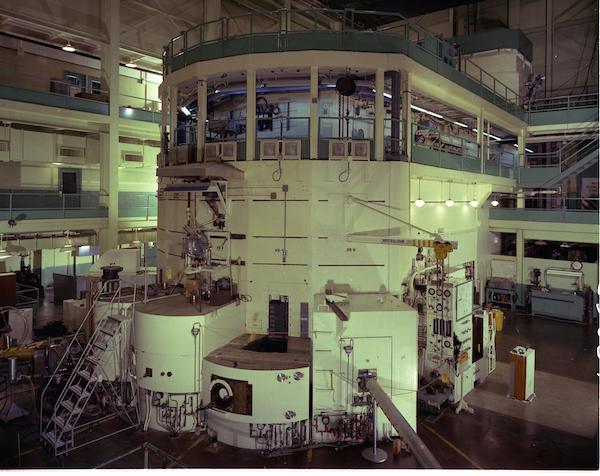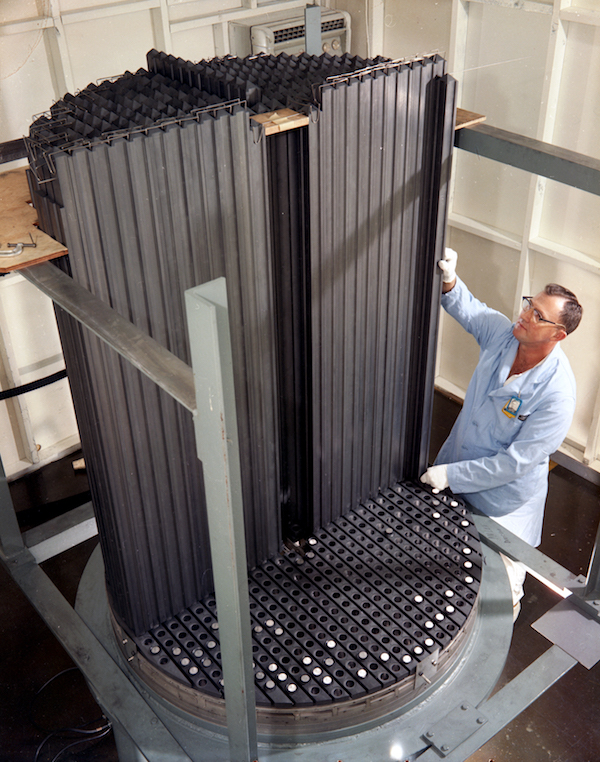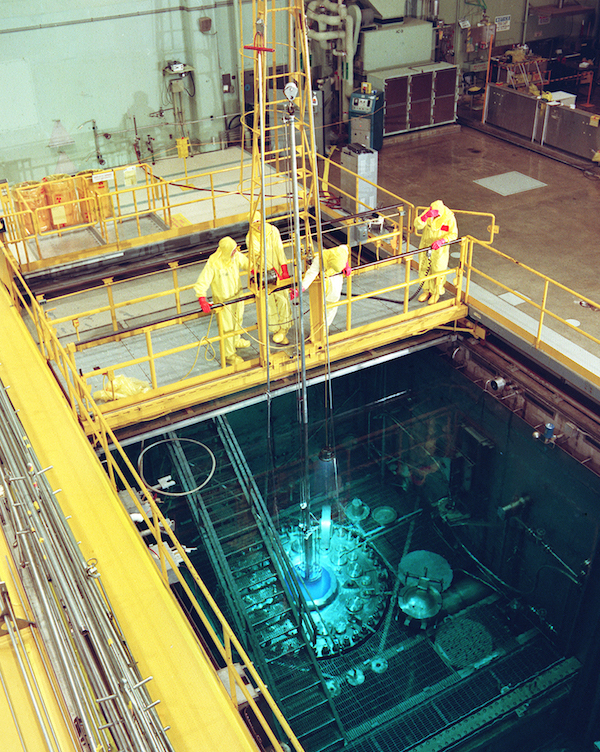TCR will be the 14th reactor constructed by Oak Ridge National Laboratory, which began in 1943 when the United States needed to develop nuclear capabilities in the race to end World War II.
The ORNL site was home to the world’s first continuously operated nuclear reactor. Today, with a critical need for a source of carbon-free energy, ORNL is again leading the charge.

